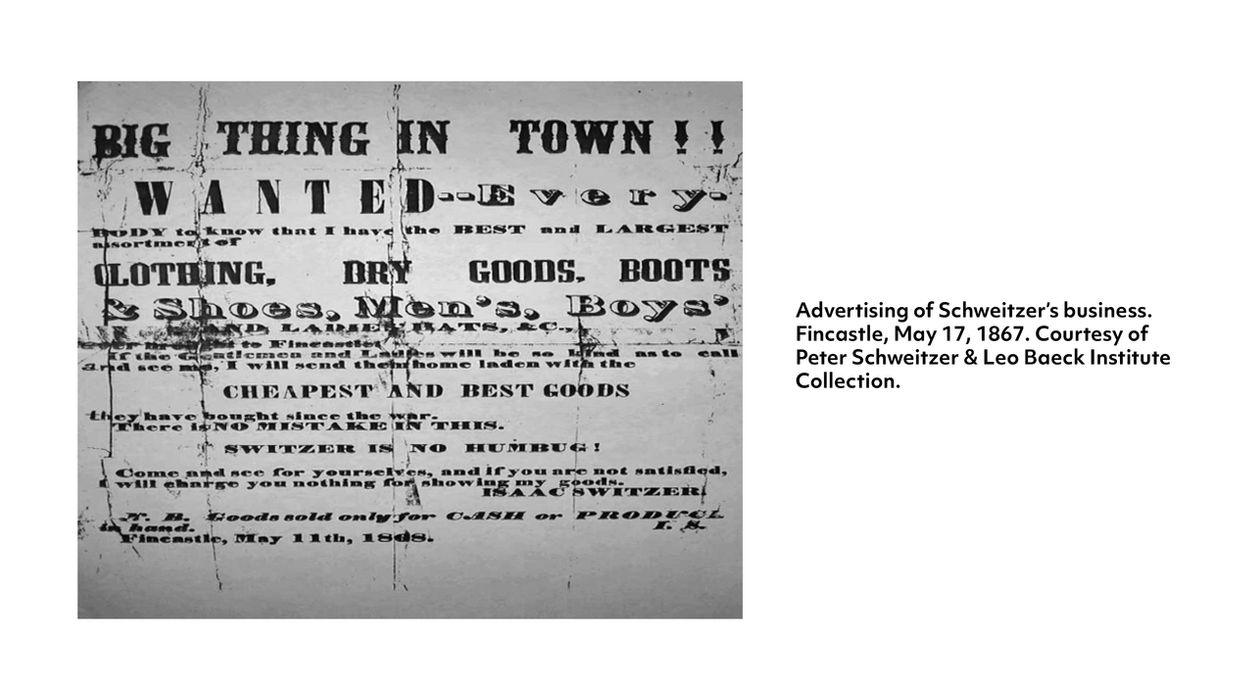Late 18th- first half of 19th Century: Changes are coming
In the late 18th century, the legal status of Jews in German lands began to improve. Emperor Joseph II issued the Edict of Toleration in 1782, inviting Jews to become members of the Holy Roman Empire and serve in the army, and thus abolishing occupational and residency restrictions and eliminating special taxes levied on Jews. Similarly, Napoleon emancipated the Jews living in the lands he conquered, granting them equal rights and the right to worship as they saw fit.
Under the influence of Napoleon, some German rulers introduced reforms that fell short of full emancipation and were often abrogated in their implementation. In 1812, for example, Prussia passed an edict granting Jews citizenship but refusing them the right to serve in any official capacity, whether as officers in the army, civil servants, postal clerks, or university professors. Still, some Prussian regions revoked these economic and social freedoms for Jews. In other German states, emancipation suffered grave setbacks. The Free City of Frankfurt stripped Jews of their citizenship, and, in Austria, formal civil rights were often undercut locally through legal chicanery.
Despite some opposition, economic reforms nevertheless proceeded, with states lowering taxation rates on Jews and opening some professions to them. In 1842, Prussia lifted residency restrictions for all its subjects, which significantly lowered obstacles to Jewish migration to larger towns and cities. Although greater economic freedom did not automatically translate into higher living standards, it permitted Jews to participate in the larger German trend towards urbanization.
Family Stories
Schweitzer
Isaac Schweitzer (1845-1901) was a merchant from Mühringen (near Stuttgart). Following other German Jewish emigrants, he departed LeHavre, France in July 1866, following in the steps of his three uncles, who immigrated to the United States earlier and started dry-goods stores in Virginia and Pennsylvania, among other states. To better acculturate themselves in their new country, all members of the family changed their name to Switzer or Sweitzer, or used other Americanized spellings. Isaac remained in the United States for almost twenty years, eventually marrying Isabella Guggenheimer, the American-born daughter of two other German immigrants.
To see a collection of letters (translated into English) between Isaac Schweitzer and his family in Germany, click here.
Early modern time
Second half of the 19th century
Early modern era

Edict of Toleration by Joseph II, 1781. Public domain.

An 1806 French print depicts Napoleon Bonaparte emancipating the Jews. Public domain.
Napoleon grants the Jews freedom to worship, represented by the hand extended extended to the Jewish woman.









